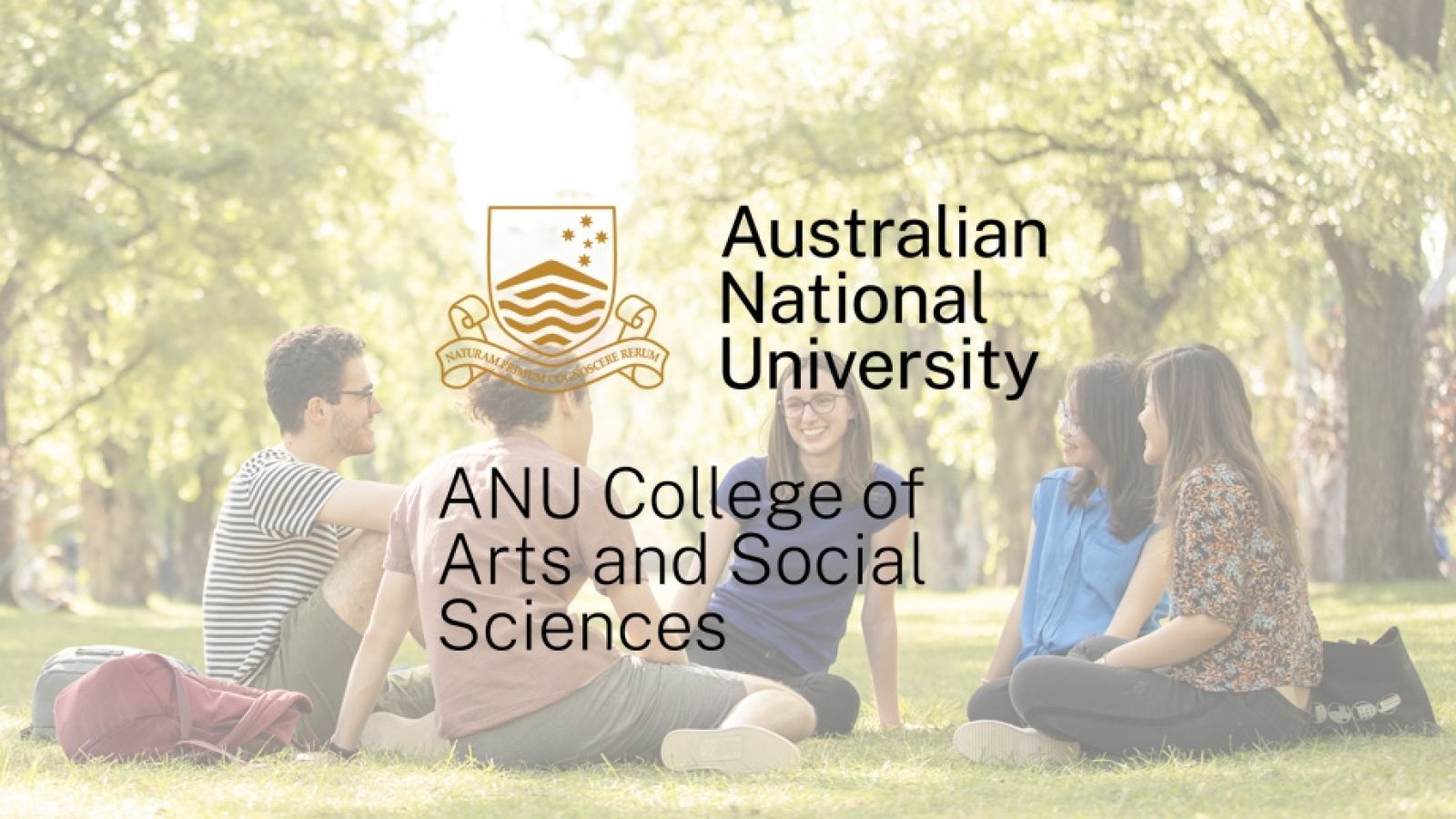New course something to tweet about

Undergraduate students can explore fast-growing research areas in the digital humanities thanks to the introduction of a new course at the School of Literature, Languages and Linguistics in 2014. 
Hashtag humanities: text and beyond in the digital age provides a foundation for students to develop digital research methods and skills across the humanities and social sciences, including in languages, linguistics, history, literature, and museum studies.
Dr Glenn Roe, a lecturer in digital humanities, says the course is a response to the “revolution” happening in humanities and social science research.
The new ways of arranging text, images and sound online raise questions previously unimaginable before the digital age, he says.
“The course includes a fair amount of what I call ‘digital literacy’ work, meaning the ability to scrutinise online sources of information, think critically about the digital medium and the way information is formed, authenticated, and disseminated in the digital age,” Dr Roe says.
“This fits into the larger context of the ‘digital humanities’, which is a growing international field of study that brings computing technologies to bear on humanities research.
“As ANU is committed to research-led teaching, we thought it was a perfect environment in which to introduce new research methods and tools at the undergraduate level.”
‘Hashtag humanities’ is unique because it is being offered at the undergraduate level, whereas similar digital humanities courses usually take place at the postgraduate level.
The course is interdisciplinary in scope, with guest lecturers from a range of fields outlining how they interact with digital tools and methods.
“It's a second-year course, which means that students will by then have a good idea of their discipline, common scholarly practices, and how these change – or don’t – from a digital perspective,” says Dr Roe.
“We want to get them thinking about the various affordances that are granted by moving texts and other cultural objects into the digital medium and the sorts of approaches and research questions one can ask of these new resources.”